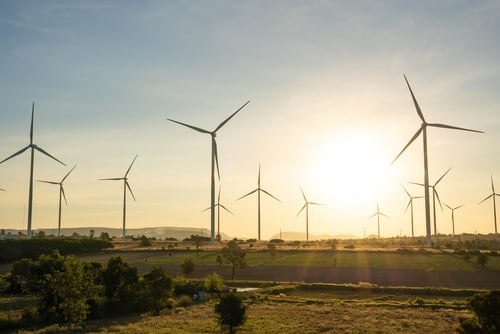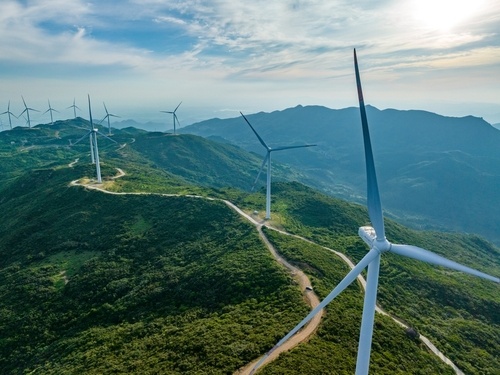To understand exactly how our carbon reporting software Pulse Net Zero helps customers understand and lower their carbon footprint, we asked our Net Zero, Efficiency and Compliance Engineering analyst Alice Kelso to break down the platform and its benefits.
How easy is it to use carbon reporting software?
The software is intuitive and straightforward to use, part of what makes Pulse Net Zero so useful is this ease for anyone. We are looking to provide detailed demo videos soon of the software capabilities and how to navigate around the dashboard both internally and externally.
What are the different ways to use carbon reporting software?
Pulse Net Zero allows you to align your business targets to the Net Zero Standard, which is a core component of delivering science backed net zero. Alongside that it also offers the following advantages:
- Full Scope 1,2 & 3 Reporting
- Customisable emissions categories to align reporting with your business
- Analytics suite to enable full analysis and reporting
- Customisable intensity metrics allow you to report emissions aligned to your business activities
- Create, track and report specific projects
- Track and report the financial impact of saving carbon
- Mass upload reports for easy data management
- Multi-site reporting
As well as these features, soon it will also offer full SECR reporting capability.
What is a Net Zero Standard?
The Net Zero Standard supplies a strong science-based understanding of net zero, by providing businesses with transparency and confidence that their near- and long-term decarbonization plans are aligned with climate science.
What are the most common challenges you see users have?
One challenging aspect users have is identifying the correct emission factors to be used when calculating their emissions. This is something we often need to provide a bit of extra support with, but it’s something our workshops easily identify.
What are some of the reports that you typically create?
We issue reports on an annual basis that detail the carbon footprint progression and provide a breakdown of the emissions during the reporting period. A carbon efficiency assessment is also included within the annual report, this enables the client to compare the Kg CO2e per intensity metric. These reports are often shared with stakeholders and customers as it shows how well an organisation is doing on its journey to net zero.
How do you work with stakeholders to gather data and ensure that the reports are accurate?
There’s frequent communication with our clients to discuss data requirements and identify the different Scope categories that are applicable. We also offer a suite of carbon workshops that enable our clients to have a full understanding of their Scope 1, 2 and 3 emissions with further engineering support days on hand if needed.
How do you stay up to date on the latest carbon reporting regulations?
I recently completed an IEMA Certified Carbon Management course, which helped me to understand the following:
- Understand the drivers and mechanisms of climate change and the sources of greenhouse gases
- Identify, monitor and measure sources of carbon within an organisation
- Further understand how to develop and manage a carbon reporting system
- Have practiced undertaking a carbon footprint
- Identify the drivers and benefits of implementing carbon management measures
- Identify examples of how to manage and reduce carbon emissions in an organisation
How do you use carbon reporting software to help organizations reduce their carbon emissions?
Monitoring, tracking and reporting emissions via Pulse Net Zero enables our clients to have full transparency of their emissions on an annual and monthly basis. This means they can track their carbon footprint progression against any targets they’ve set and adapt their reduction strategies as and when they need to.
We also have a certification process which recognises when an organisation achieves a significant reduction on their emissions, which is one way they can demonstrate this achievement to customers and stakeholders.
What way do our clients utilise their carbon certificates and badges?
The main ways people use the badges are as follows:
- Sharing their certificates with stakeholders/ clients as evidence of the client taking steps to become Net Zero
- Sharing both the certificate and badge internally and externally to promote the progression made
- Adding badges to email signatures
- Sharing their certificates online via socials
What are some of the most rewarding aspects of this role?
Issuing clients with their certificate, badge and annual PNZ report! It’s great to see the people who work for our customers be so happy with the contribution they’re making towards hitting the UK’s 2050 net zero target.







